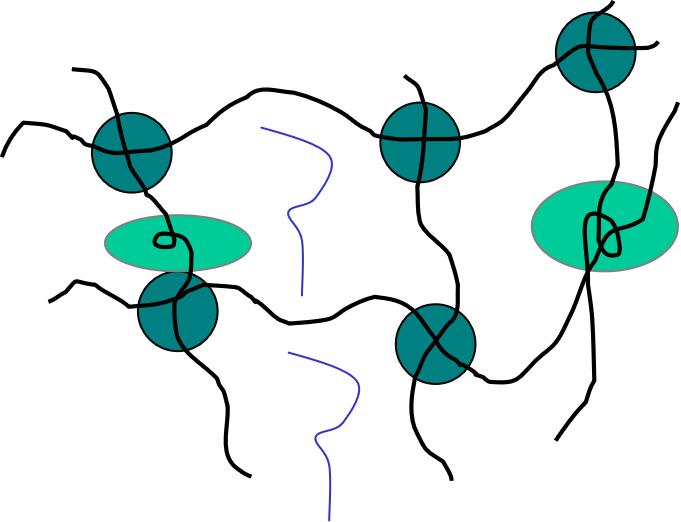Resonancia magnética nuclear de bajo campo (RMN-LF) es una poderosa técnica analítica que profundiza en el ámbito submicroscópico, proporcionando conocimientos invaluables sobre la dinámica de las interacciones moleculares. Este método es particularmente hábil para capturar las sutilezas del movimiento molecular y los detalles intrincados de las relaciones intermoleculares..

LF-NMR opera en el principio de resonancia magnética nuclear, Un fenómeno donde los núcleos atómicos absorben y vuelven a emitir la radiación electromagnética en presencia de un campo magnético externo. A diferencia de sus contrapartes de campo alto, La RMN de campo bajo emplea un campo magnético más débil, que permite el estudio de movimientos e interacciones moleculares más lentos que a menudo se pasan por alto.
Una de las ventajas clave de LF-NMR es su capacidad para medir los tiempos de relajación, que son críticos para comprender la cinética del comportamiento molecular. Estos tiempos de relajación están directamente relacionados con el entorno molecular y pueden usarse para inferir información sobre el movimiento molecular y las interacciones.

En el campo de la ciencia material, LF-NMR ha demostrado ser una herramienta indispensable para caracterizar materiales como polímeros y anteojos.. Por ejemplo, puede determinar con precisión la temperatura de transición del vidrio (Tg), un parámetro crítico que define la transición de un, estado vítreo a un más maleable, estado de goma. Esta información es crucial para el desarrollo y la optimización de materiales con propiedades mecánicas específicas..
Además, LF-NMR es fundamental para evaluar la densidad de reticulación en materiales de polímero. La reticulación es un proceso en el que las cadenas de polímeros se interconectan a través de enlaces covalentes, que afecta significativamente la fuerza y la elasticidad del material. Analizando los tiempos de relajación, Los investigadores pueden obtener una comprensión más profunda de la estructura de la red y el alcance de la reticulación dentro de la matriz de polímeros.
Otra área donde se destaca LF-NMR está en el estudio de los procesos de difusión. La técnica puede medir los coeficientes de difusión de las moléculas en varios medios, Proporcionar información sobre las propiedades de movilidad y transporte de las moléculas dentro de un sistema.
La resonancia magnética nuclear de campo bajo es una técnica versátil y sensible que abre una ventana al mundo submicroscópico. Su capacidad para medir los tiempos de relajación y analizar el movimiento y las interacciones moleculares lo convierte en un activo invaluable en los campos de la ciencia material., química de polímeros, y más allá. A medida que los investigadores continúan explorando e innovando, LF-NMR está listo para desempeñar un papel fundamental en la descubrimiento de los secretos de la dinámica molecular y avanzar en nuestra comprensión de los materiales que dan forma a nuestro mundo.

Palabras clave: Resonancia magnética nuclear de bajo campo, RMN-LF, dinámica molecular, Tiempos de relajación, temperatura de transición de vidrio, reticulación de polímeros, coeficientes de difusión, ciencia material, química de polímeros.
 mohoso
mohoso